You’ll find the similarities and differences. Read on to understand more about these birds
If you’re an avid birdwatcher, then you know that the key to identification is being able to compare what you see with pictures or descriptions of different birds.
However, sometimes it can be difficult to tell certain birds apart, especially if they share similar features.
In this article, we’ll look at the ten most common birds that are often mistaken for juncos.
Eastern Phoebe
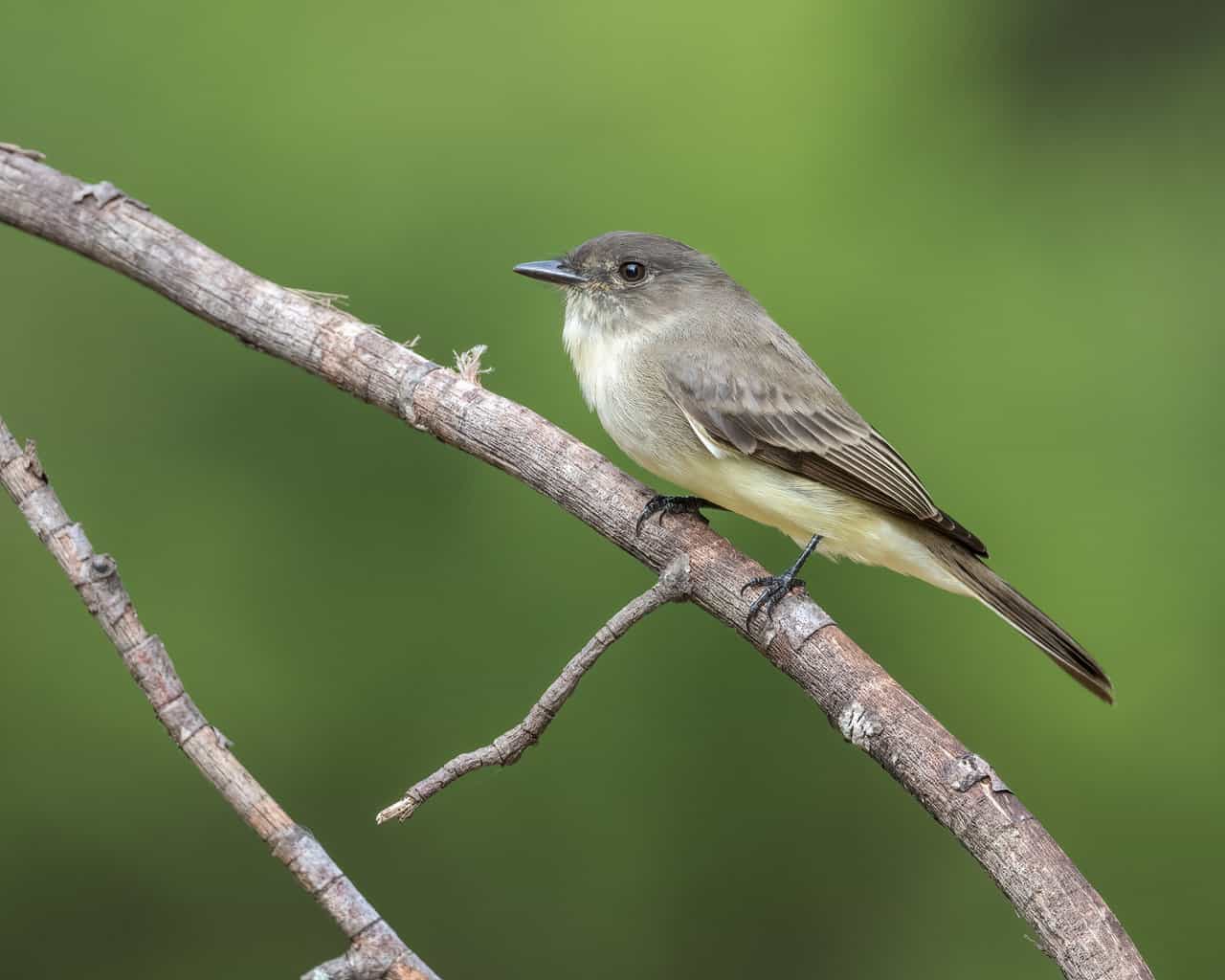
The eastern phoebe is a small songbird that is often found near juncos. These birds are brown and white, with black bills and orange legs. They are found in woodlands, gardens, and other habitats.
The eastern phoebe is an insectivore, meaning its diet consists mostly of insects. These bird species are known for their loud and raspy calls.
Their nesting habits vary depending on the location, but they typically build nests under bridges or in cavities in trees. The eastern phoebe is a popular bird among birdwatchers.
Northern Mockingbird

The northern mockingbird is a bird of many talents. Not only can it mimic the calls of other birds, but it will also sing its own songs for hours on end. In fact, the northern mockingbird is one of the few birds that will sing at night.
They are about the same size as juncos, also common birds in North America. Juncos are brown with white underbellies and have shorter tails. Both birds eat insects and seeds.
Northern mockingbirds build their nests in trees, while juncos build their nests on the ground.
Chickadee
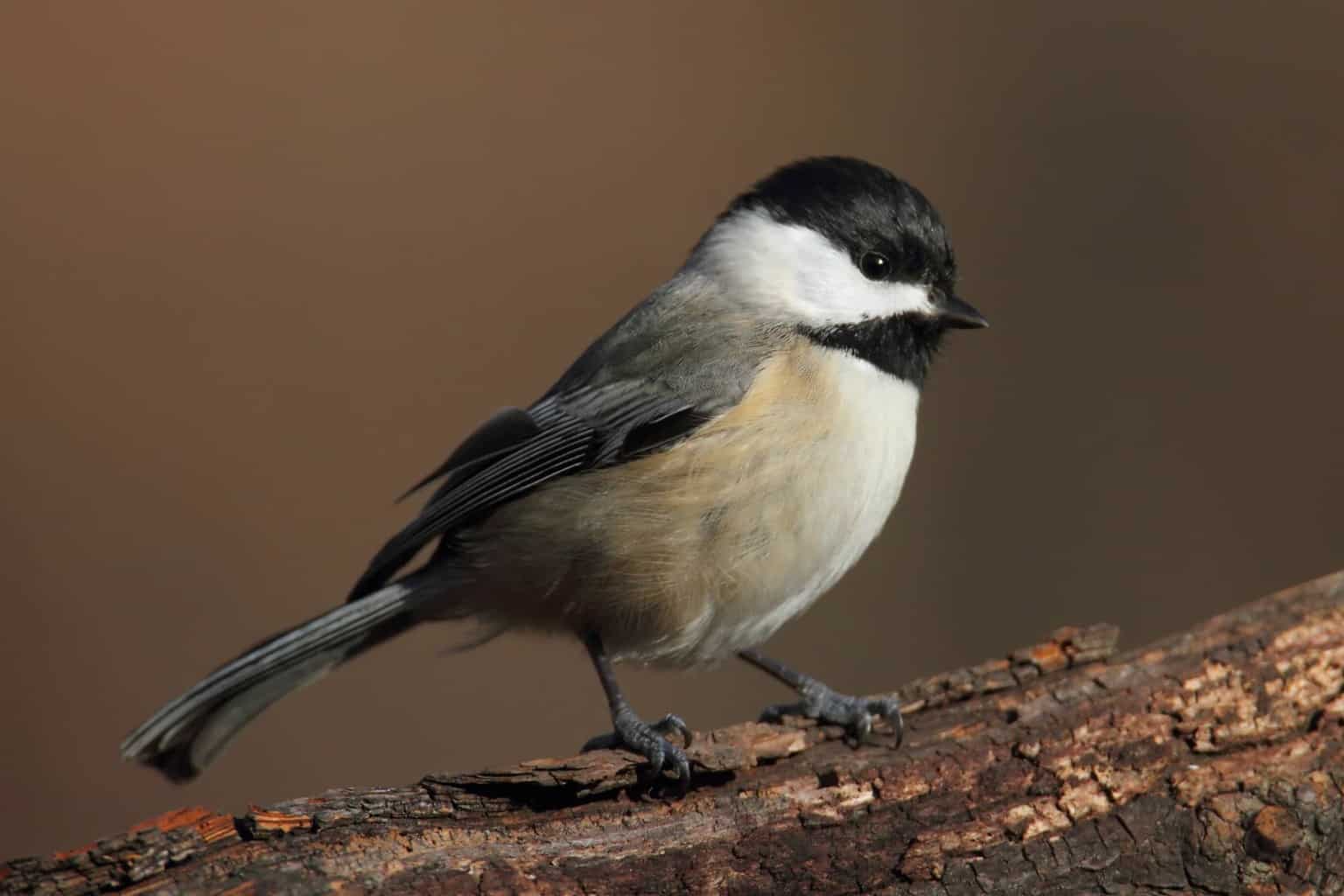
Chickadees are they are smaller than juncos and have black-and-white plumage. They are cousins to the tufted titmouse and belong to the group of birds known as passerines.
Chickadees are acrobatic little birds that love to cling upside down to tree branches while foraging insects and seeds. Their scientific name is Poecile atricapilla, which means “black-hatted” in Latin.
Chickadees are found in woods and forests across North America and are very adaptable birds that live in both rural and urban areas.
One of the most interesting facts about chickadees is that they can lower their body temperature at night, entering a state of torpor that helps them conserve energy.
California Towhee
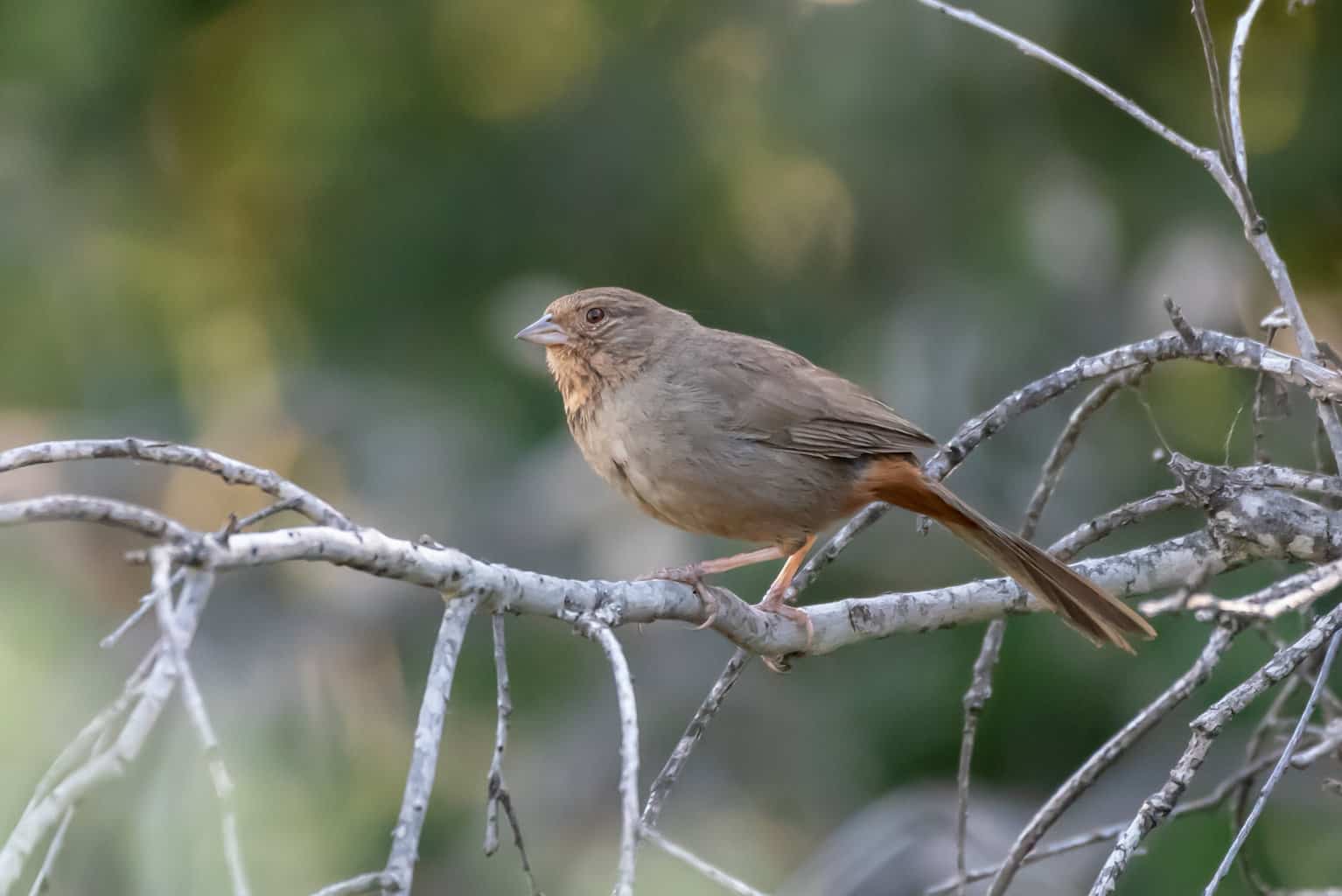
The California Towhee is a small bird common in western North America. It has a gray body with a white belly, and its face is black with a white line above the eye.
The California Towhee is closely related to the Spotted Towhee, and it was formerly considered to be the same species. However, it is now recognized as a distinct species.
The California Towhee ranges from 6 to 8 inches long, typically weighing between 1 and 2 ounces. It feeds on insects and seeds and often forages in bushes or trees.
Black Phoebe

The Black Phoebe is a beautiful bird commonly found near rivers and streams. It has black feathers and a white belly and is known for its loud, repetitive call.
The Black Phoebe is closely related to the junco, a common bird in North America. Both birds have similar plumage, but the Black Phoebe is slightly smaller than the junco.
The Black Phoebe also has a longer tail, and its call is higher-pitched than the junco’s. Although they are not identical, the Black Phoebe and the junco are lovely birds worth watching.
American Tree Sparrow
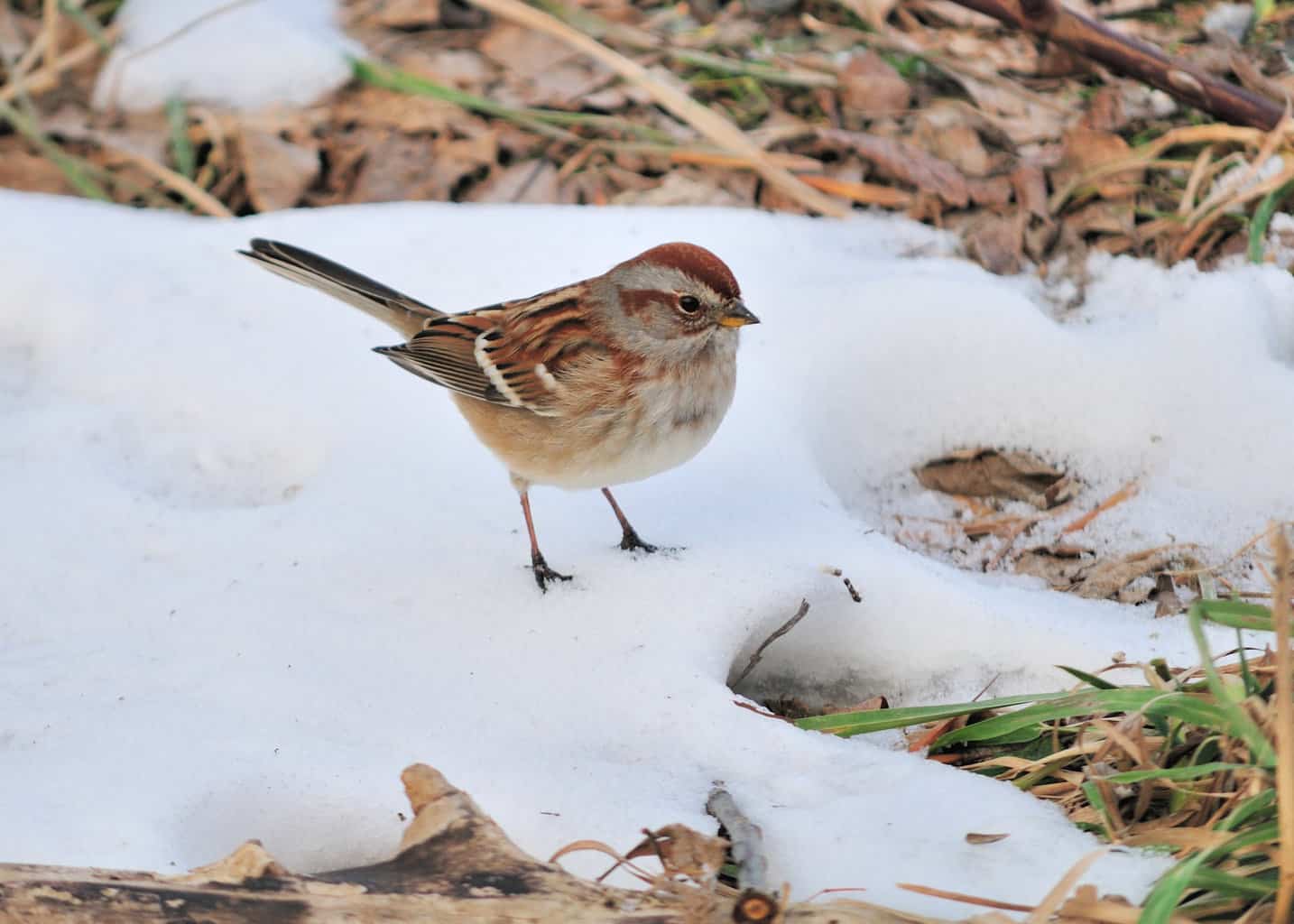
The American Tree Sparrow is a small bird with a brown back and grayish-brown wings. Its belly is white, and it has a dark mark on its cheek. On the other hand, the junco is a grayish-brown bird with a white belly and a dark mark on its head.
Both birds are about the same size, but the tree sparrow has a longer tail. The two birds also have different behaviors. The junco is more likely to be found in flocks, while the tree sparrow is more likely to be found alone or in pairs.
The tree sparrow is also more likely to hop than to walk, and it often builds its nest in trees rather than on the ground.
While both birds are common in North America, the tree sparrow is more likely to be found in forested areas, while the junco is more likely in open areas such as fields and lawns.
Gray Catbird
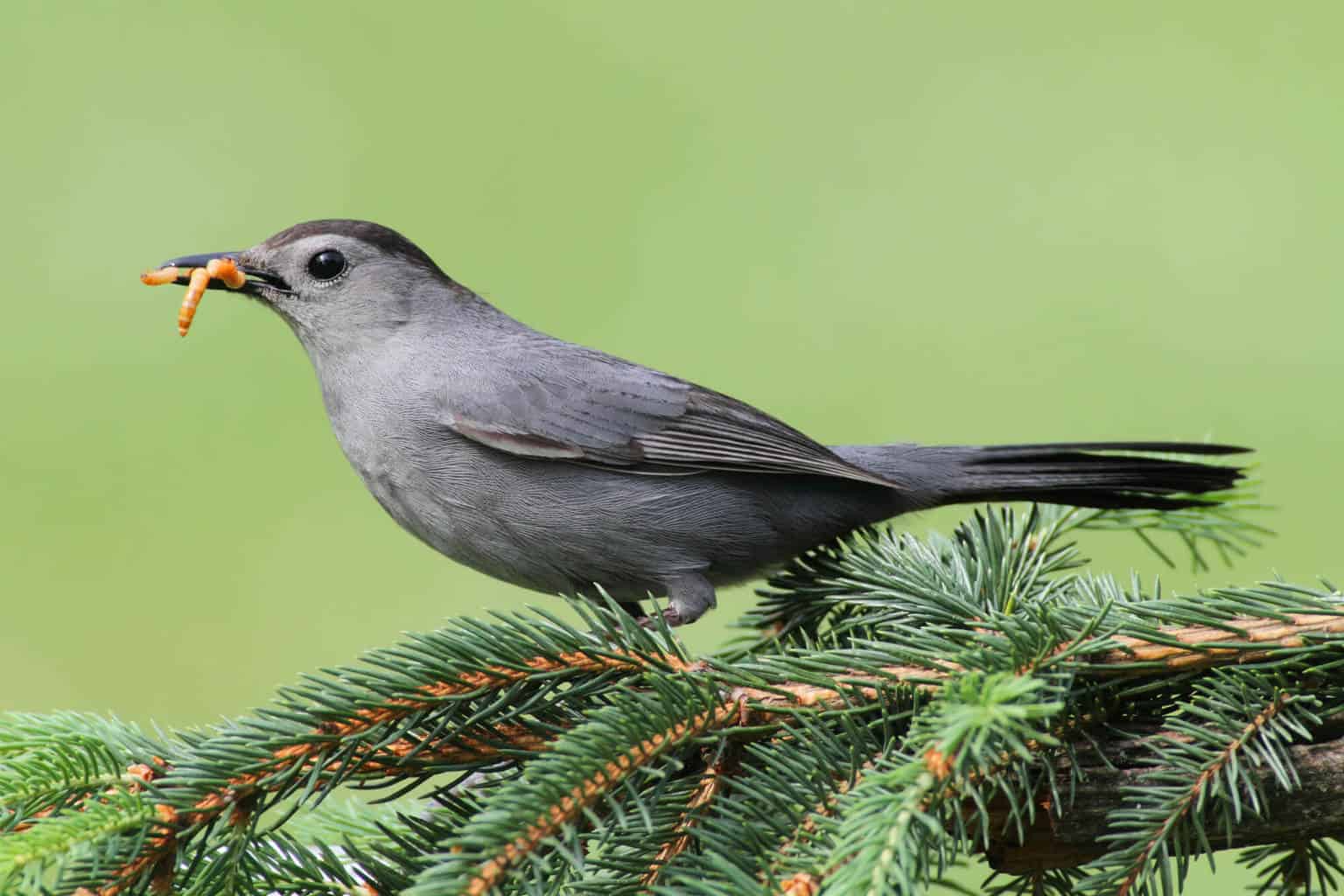
The Gray Catbird is a small songbird that is found throughout North America. These birds get their name from their gray plumage, which is accented with black and white.
Male and female birds look similar, although the males tend to have darker gray plumage.
Gray Catbirds are typically found in wooded areas near streams or wetlands. They build their nests in trees or shrubs and often forage for food on the ground.
Gray Catbirds are omnivorous, and their diet consists of insects, berries, and small mammals. They’ve multiple sources of food, including specific animal species and seed clusters.
Their appetite for sunflower seeds is high, and they depend on natural seed sources, including lots of trees that produce seeds. These species of birds are not selective and can feed on black oil sunflower seeds and hulled sunflower seeds.
You can consider bird feeders for baby birds if you intend to domesticate these common winter birds.
These birds are known for their vocalizations, which include a variety of chirps, squeaks, and mews. Gray Catbirds are not considered to be threatened or endangered at this time.
Say’s Phoebe

The Say’s Phoebe is a small bird with drab plumage. It is found in the western United States, Mexico, and parts of Canada. The Say’s Phoebe is named for the 19th-century American naturalist Thomas Say. This bird is a vocal mimic and often imitates the calls of other birds.
Phoebes and juncos are both small, sparrow-like birds. They are both grayish-brown with white bellies, and they both have dark streaks on their backs. However, there are some clear distinctions between the two species.
For one thing, phoebes have longer tails than juncos. They also have a lemon-yellow throat, while juncos have a white throat with a black border.
White-breasted Nuthatch
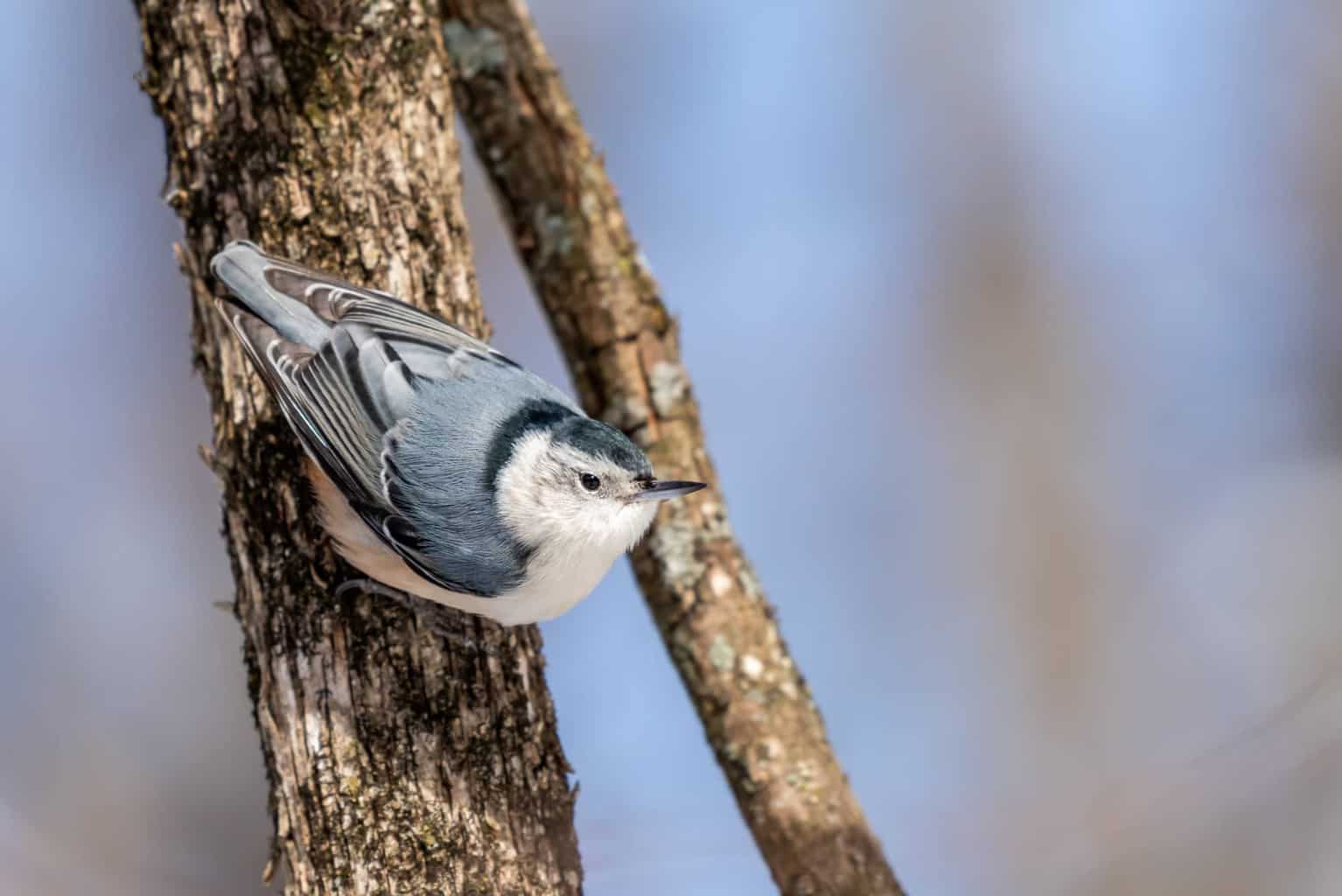
The White-breasted Nuthatch is a small bird with a big personality. At just four inches long, this little bird is easy to miss. But those who take the time to get to know the White-breasted Nuthatch will quickly fall in love with its energetic and playful nature.
This sprightly bird is found throughout North America, where it can be seen climbing up tree trunks in search of food. The nuthatch gets its name from its favorite food: acorns.
Using its strong bill, the nuthatch pries open acorns and other nuts, then stuffs them into crevices in tree bark to save for later. In addition to being a skilled forager, the nuthatch is also an accomplished flycatcher.
It has been known to catch insects in midair and snatch bees out of bee nests! The White-breasted Nuthatch may be small, but it will surely make a big impression on anyone who meets it.
Blue-grey Gnatcatcher
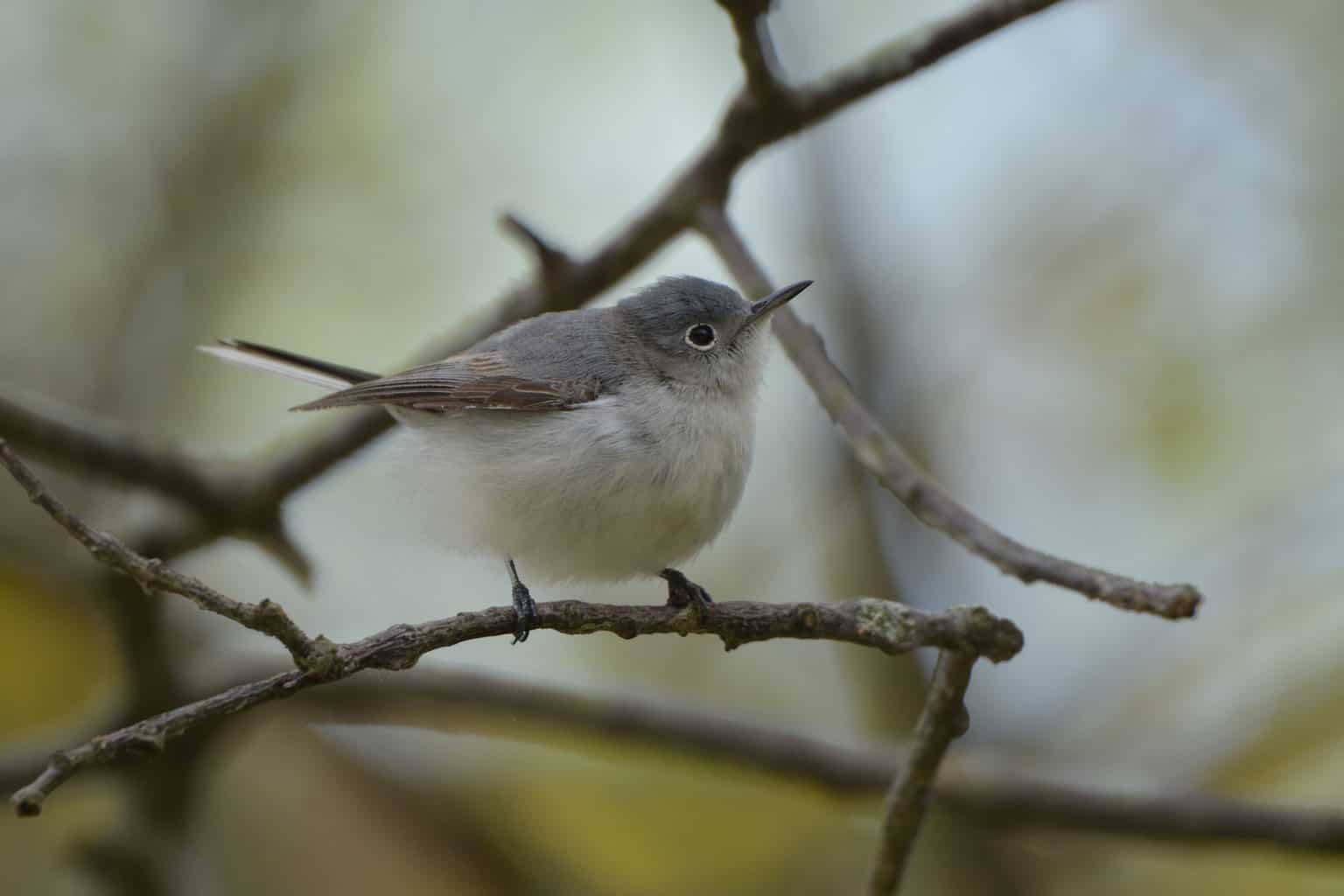
The blue-grey gnatcatcher is a small songbird with a long tail and distinctive blue-grey plumage. It is found in woodland habitats throughout the eastern United States and typically nests in trees or shrubs.
The blue-grey gnatcatcher is a fairly common bird, but it has declined recently due to habitat loss. This decline will likely continue unless steps are taken to protect and restore the bird’s natural habitat.
The blue-grey gnatcatcher is just one species struggling to survive in an increasingly human-dominated landscape. By protecting and restoring natural habitats, we can help ensure the survival of these creatures and many others like them.
Junco Species and How to Identify Them
There are many different types of juncoes, but the two most common in North America is the dark-eyed junco and the pink-sided junco. The dark-eyed junco is the more widespread of the two and can be found in woodlands and gardens throughout the continent.
They are easily distinguished by their dark gray plumage and white belly. The pink-sided junco is slightly smaller than the dark-eyed junco and has a light gray body with pinkish flanks.
They are typically found in higher altitudes and make a soft, trilling sound. Although they are not as common, pink-sided juncos can sometimes be found in urban areas.
A Quick Guide to Bird Identification
Bird watching is a popular hobby for nature lovers of all ages, but it can be difficult to identify different species. To the untrained eye, they all look like little feathered friends flitting around the trees.
However, with practice, anyone can learn to tell one bird from another. Here are a few tips to get you started.
- Size. For example, sparrows are small birds, while eagles are much larger.
- Coloration. Many birds have brightly colored feathers, making them easier to spot. For example, bluebirds are blue, while robins are gray with orange breasts.
- Behavior. For example, warblers hop around in bushes, while herons wade in waterways in search of fish.
By keeping these simple guidelines in mind, you’ll be well on becoming a proficient birdwatcher.

